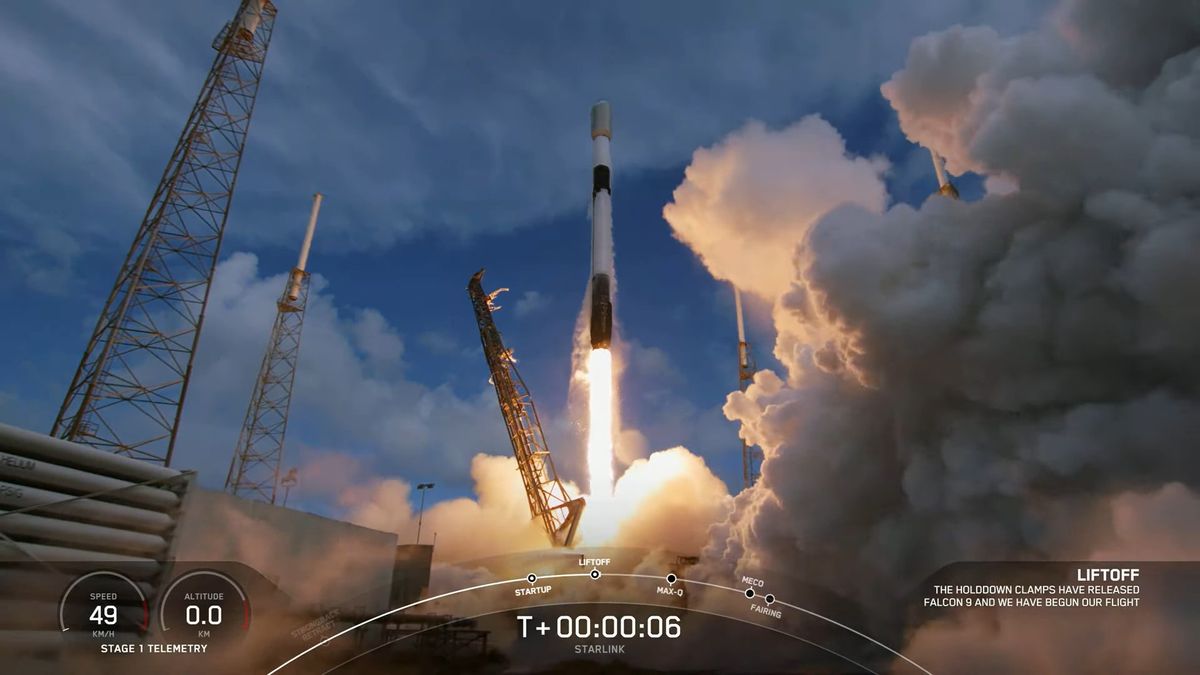Lampreys have been feeding on flesh and blood since the depths of prehistory. These jawless, eel-like creatures have suctioning discs lined with teeth for mouths, which many modern species use to latch on to prey and suck blood from their living hosts. Now stunning fossils from China have revealed a pair of large fossil lamprey species with specialized mouthparts to scoop flesh out of their victims, representing the evolution of these animals into impressive predators.
“There have been no other lamprey fossils from the dinosaur age that preserve their terrorizing oral apparatus quite so clear,” says Canadian Museum of Nature paleontologist Tetsuto Miyashita, who was not involved in the new study.
The fossil fish were described recently in Nature Communications by Chinese Academy of Sciences paleontologist Feixiang Wu and colleagues. The delicately preserved fossils were found in the roughly 160-million-year-old rock of Liaoning Province and represent two new species. They include entire lampreys preserved from their sucker-like mouths to the tips of their tails.
“I was deeply impressed at first sight,” Wu says, especially the preservation of the mouths and teeth. The fossils were found in rocks that formed among prehistoric lakes.
Paleontologists usually don’t get to examine prehistoric lampreys in such detail. Despite existing for more than 360 million years, ancient lampreys are hard to find. “The lamprey fossil record is very sparse and poor,” Miyashita says, with mostly small species, only a few inches long, known from the first two hundred million years of their history. Experts are uncertain what the earliest lampreys fed on, whether it was small prey or even algae, but they lacked the specialized mouthparts to feed on blood or flesh from other fish. The new fossils substantially add to the fossil record of these animals and provide new clues about how they evolved.
The larger of the two new species, Yanliaomyzon occisor, stretched over two feet long, making it the biggest fossil lamprey yet uncovered, about the size of the largest living lampreys. The fish was many times larger than its earlier cousins—and its wicked teeth provide a clue to what spurred this size boost.
“Modern lampreys are either parasitic or non-parasitic as adults,” Miyashita says. The size of Yanliaomyzon fits best with the large, parasitic species known today, which generally feed on bony fish like trout and catfish. The fossils represent the oldest known occurrence of this peculiar lifestyle.
The Yanliaomyzon fossils have mouths full of sharp teeth and a specialized structure called piston cartilage for moving the fish’s tongue, Wu says, that resemble those of a living, flesh-feeding species called the pouched lamprey. By 160 million years ago, lampreys were larger than ever before, actively swimming after fish to gouge out flesh from their prey like living ice cream scoops.
One of the new Yanliaomyzon fossils even includes skeletal fragments preserved in its gut, indicating that it was biting chunks out of its meals that ripped away bone. If the fossil lampreys had similar capabilities to today’s pouched lamprey, Wu and colleagues write, Yanliaomyzon might have even been able to destroy the skulls of its fishy prey.
A change in available meals might have opened the evolutionary pathway to flesh-eating lampreys. The earliest of these animals coexisted with larger fish that were covered in thick body armor that the tiny lampreys wouldn’t have been able to penetrate. But by 160 million years ago, Wu says, “bony fishes with thin scales began to abundantly emerge” and provided lampreys with a new food source. The slithery fish began to evolve into proficient hunters, and the new fossils hint that today’s bloodsucking species evolved from flesh-eating ancestors.
The new fossils also establish when lampreys evolved a multi-stage life cycle. Both Yanliaomyzon species have long, ribbon-like fins on their undersides, Wu and colleagues write, a feature that is associated with swimming in flowing waters. This might indicate that Yanliaomyzon behaved similar to modern lamprey species, the adults swimming up freshwater rivers to deposit their young. The babies would have started their lives as filter-feeders in freshwater before eventually making their way out to the ocean to hunt and begin the cycle again.
Additional fossils could further elucidate the major changes that lampreys have undergone since their early days as tiny fish in a world of armored swimmers. “The lamprey fossil record, compared with records of other vertebrate groups, must be among the least complete,” says University of Chicago paleontologist Michael Coates, who was not involved with the study.
The new fossils are “fascinating material,” he notes, providing a wealth of new information about a group of ancient animals that is mostly known from just a few isolated mouth parts. Now it is clear that by the Jurassic period, lampreys had evolved an impressive bite.
Article From & Read More ( This 160-million-year-old fish gouged out its victims' flesh - National Geographic )https://ift.tt/03BNHVJ
Science










